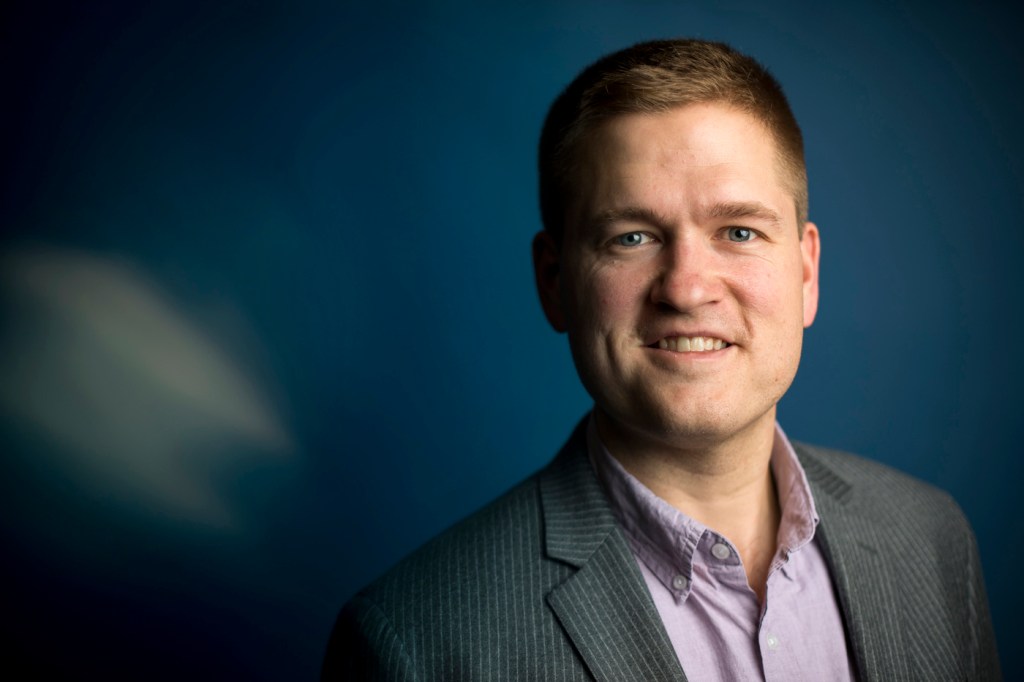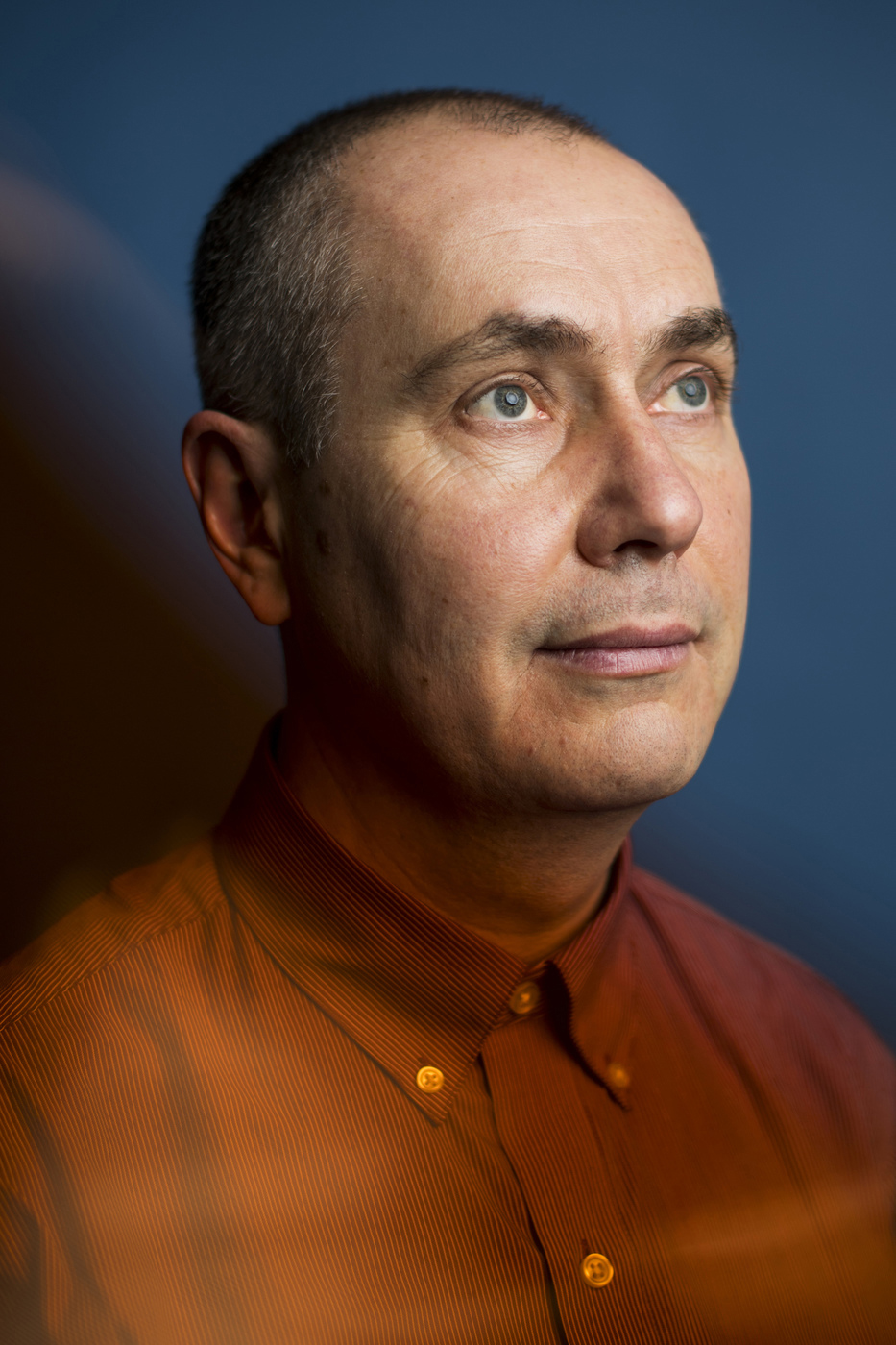Northeastern team uses string theory to explain the fundamental nature of the universe

Imagine a boiling pot of water, with bubbles perpetually forming and rising to the top. Imagine that within each bubble, there is a universe. And for each of these universes, the laws of physics are slightly different.
Which bubble are we in? And why, of all the possible universes, did we end up in this one?
These questions might seem like part of a philosophical discussion, but some physicists consider their answers a necessary step in understanding the fundamental nature of our universe.
Now a group of theoretical physicists and network scientists at Northeastern have found a new way to tackle this problem: by analyzing these possible universes as a network.
In recent years, network science has been used to model disease epidemics, study connections in the human brain, and understand how ideas spread through social media. But these same techniques are rarely applied to theoretical physics.
“When it comes to computational methods that have taken the rest of science by storm, whether it’s machine learning or network science, this branch of physics has been somewhat isolated from that,” said Brent Nelson, an associate professor of physics and associate dean of undergraduate affairs for the College of Science at Northeastern. “We’re trying to break down those barriers.”
The idea that multiple versions of the universe could exist comes from string theory, a mathematical description of the universe that posits that everything is made up of strings too small for us to detect. The vibrations of these strings create the different particles we observe, such as quarks or electrons.
We haven’t even come close to explaining why the world is the way it is. But we demonstrated a selection mechanism that could someday be an important piece of the final answer.
James Halverson, Assistant Professor of Physics
String theory only works in a universe with at least 10 dimensions. On a daily basis, we experience just four dimensions (up/down, left/right, forward/back, and time). So where are the other six?
Think of walking on a tightrope, Nelson said. You can only move forward and backward. For you, the tightrope is one-dimensional. But a flea on that same tightrope could walk up and down on it, as well as back and forth. The flea is small enough to experience two dimensions.
“We don’t experience those extra dimensions because everything that we’re made out of is so much bigger and more massive,” Nelson said.
But those extra dimensions could be curled up and tucked away within our world in an incredible number of different ways. And each possibility would imply slight differences in the underlying physics of the universe, represented by a different bubble in our boiling pot.
(Some physicists have estimated that we live in one of a possible 10272000 different universes. It takes 76 pages in a Word document to write out that number in 12-point Times New Roman font. I checked.)
Physicists can’t possibly test all these versions of the universe, said James Halverson, an assistant professor of physics at Northeastern who led the research, along with associate professor Dima Krioukov, postdoctoral researcher Cody Long, and several graduate students.
“There’s this fundamental open question: How does one type of physics get selected over another?” Halverson said.

The researchers found a way to start answering this question by treating the different bubbles as part of a network in which connections were based on how the extra dimensions were rolled up.
They found that some bubbles had many more connections than others. This discovery provided the first quantifiable way to select one version of the universe over another: Bubbles located in the center of the network, with more connections, represented versions of the universe that were more likely to occur.
However, there are many different ways to build a network of potential universes. And the physicists still don’t know which universe within this network is ours, or where it might fall within such a network.
If they someday determine that our universe is in the center a network, with lots of connections, it might imply that we ended up in this universe somewhat inevitably—because it was more likely than the other universes. But that is something physicists can’t yet test.
Instead, their work provides a new way to study the landscape of potential universes predicted by string theory.
“We haven’t even come close to explaining why the world is the way it is,” Halverson said. “But we demonstrated a selection mechanism that could someday be an important piece of the final answer.”
For media inquiries, please contact media@northeastern.edu.





